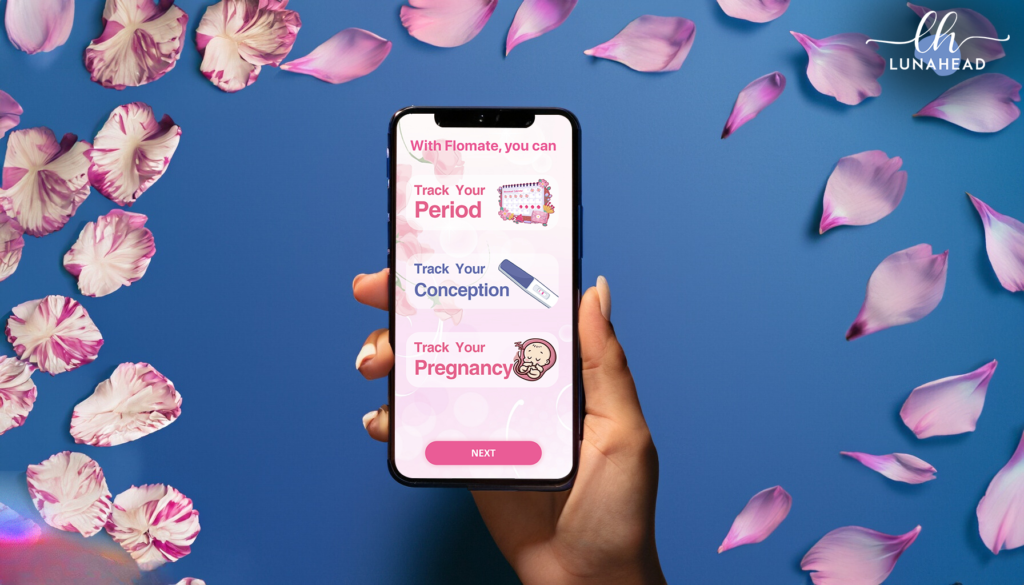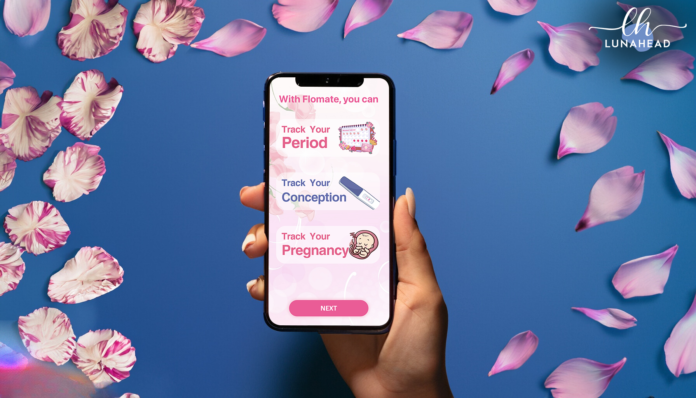Ovulation is a vital aspect of a woman’s menstrual cycle, marking the period when an egg is released from the ovaries and is ready for fertilization. Understanding the signs of ovulation is crucial for those trying to conceive or simply gain better insight into their reproductive health. In this article, we will delve into the seven essential signs of ovulation that every woman should be familiar with.

- Changes in Cervical Mucus
During ovulation, the consistency and appearance of cervical mucus undergo significant changes. It becomes clear, slippery, and stretchy, resembling egg whites. This type of mucus facilitates the journey of sperm through the cervix into the fallopian tubes, increasing the chances of fertilization.
- Increase in Basal Body Temperature (BBT)
A subtle but consistent rise in basal body temperature is an indicative sign of ovulation. Tracking your BBT can help you pinpoint the day of ovulation, as it occurs due to the surge in progesterone levels post-ovulation. Specialized thermometers can aid in this tracking process.
- Ovulation Pain (Mittelschmerz)
Some women experience a mild, dull pain or twinge on one side of the lower abdomen during ovulation, known as mittelschmerz. This occurs due to the follicle rupturing to release the egg. While not everyone experiences this, it can be a helpful sign for some.
- Heightened Sense of Smell and Taste
During ovulation, there is an increase in estrogen levels, which can heighten a woman’s sense of smell and taste. This phenomenon is believed to be related to the body’s preparation for potential pregnancy and its heightened awareness of potential threats.
- Increased Libido
A surge in estrogen levels can also lead to an increased libido during ovulation. This heightened sexual desire is believed to be a natural way for the body to encourage procreation.
- Positive Ovulation Predictor Kits (OPKs)
Over-the-counter ovulation predictor kits are designed to detect the presence of luteinizing hormone (LH) in urine. A surge in LH triggers ovulation within 24-48 hours. A positive OPK can be a reliable indicator that ovulation is about to occur.
- Changes in the Position and Feel of the Cervix
Ovulation can lead to subtle changes in the position and feel of the cervix. It becomes softer, higher, more open, and moist. This is often used as an additional method of tracking ovulation, especially when combined with other signs.
Also Read: https://businessfig.com/7-primary-health-benefits-of-using-honey-products/
Conclusion
Recognizing the signs of ovulation is pivotal for women seeking to optimize their chances of conception and understand their bodies better. Being attuned to these signs enables women to make informed decisions about their reproductive health and family planning. Utilizing apps like Flomate, which offer valuable insights into menstrual cycles, ovulation, and fertility, can enhance this understanding and empower women to take control of their reproductive well-being.









